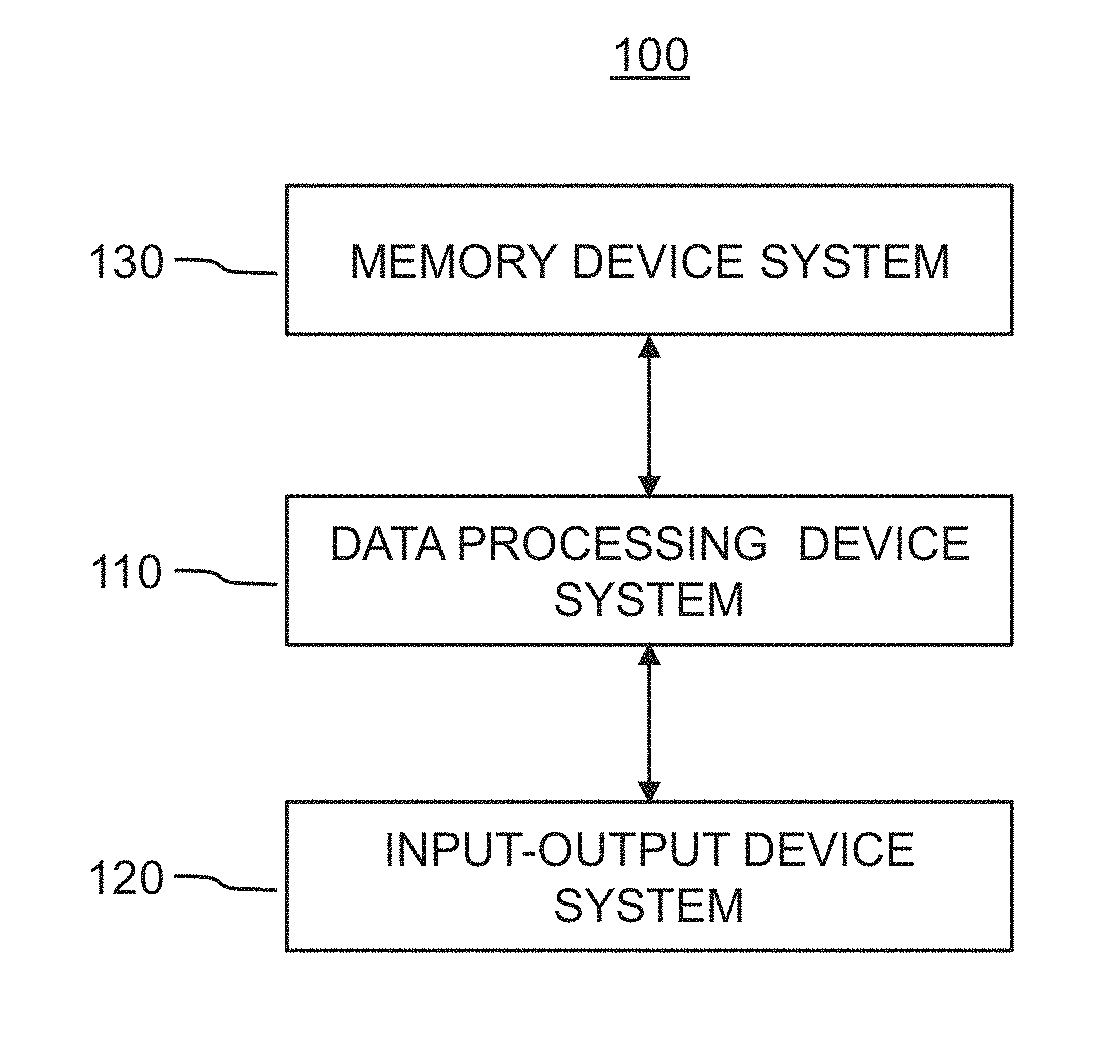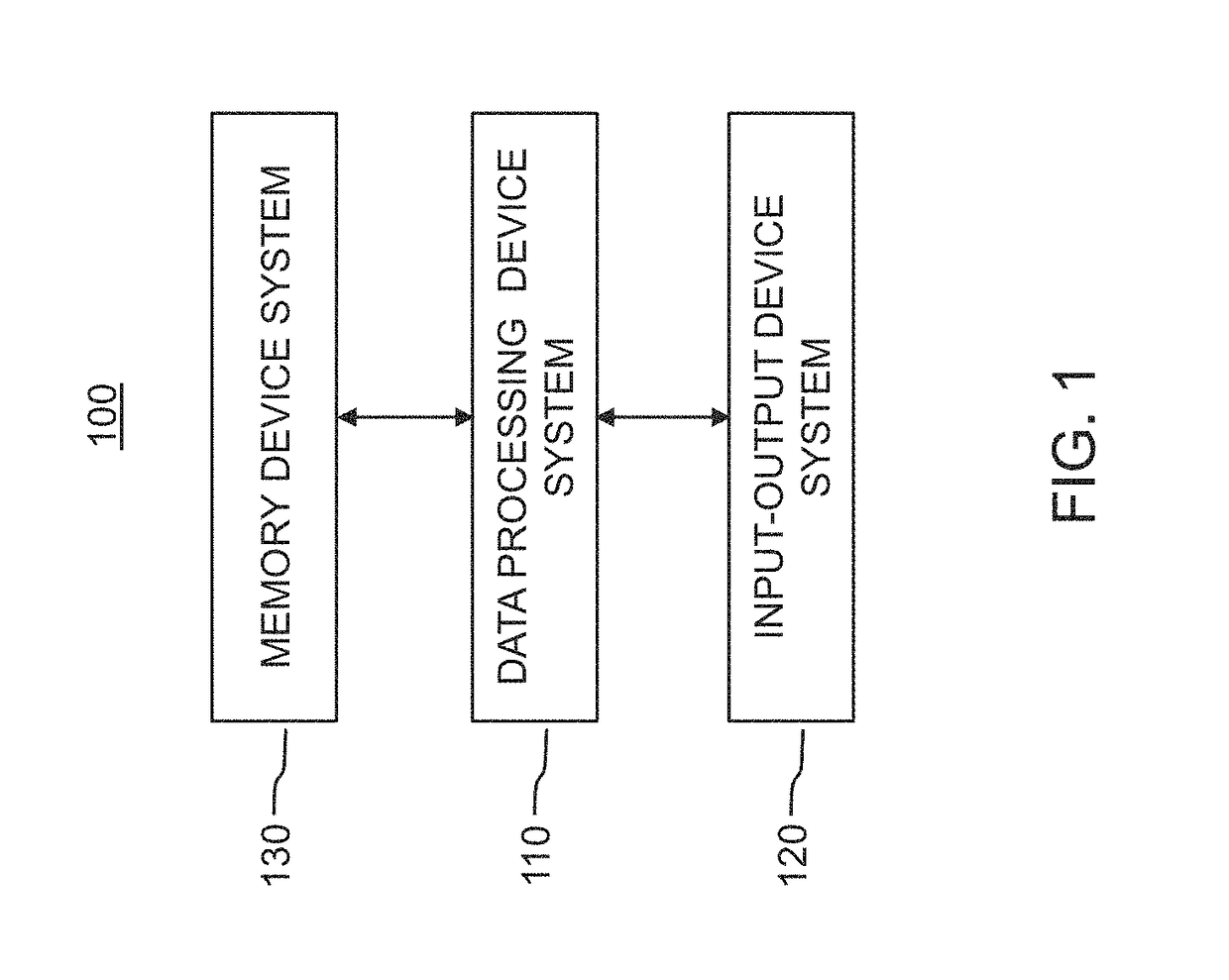Self regulating transaction system and methods therefor
a transaction system and self-regulation technology, applied in the field of self-regulating transaction system and methods therefor, can solve the problems of difficulty in understanding, adversely affecting both advertisers (or dsps) and publishers (or ssps), publishers may under-price their inventory, etc., to reduce storage requirements, reduce the risk of recording erroneous or fraudulent transactions, and search efficient
- Summary
- Abstract
- Description
- Claims
- Application Information
AI Technical Summary
Benefits of technology
Problems solved by technology
Method used
Image
Examples
Embodiment Construction
[0084]As discussed above, conventional transaction systems that facilitate the provision of goods or services require a great deal of manual and independent interactions between the many entities involved in a transaction. Some conventional attempts to automate the manual aspects of such a transaction have resulted in centralized computer-based arrangements, where, e.g., a particular DSP (Demand Side Provider) must be connected to multiple available SSPs (Supply Side Providers). The inventors of the present invention realized that such a requirement of this conventional centralized transaction arrangement creates an architectural bottleneck on the number of DSPs that can interact with the SSPs. Further, the inventors of the present invention recognized that such a conventional centralized transaction system is relatively susceptible to system-wide failure due to its hub-and-spoke arrangement, should the hub (e.g., a website or other platform provided by the DSP) fail.
[0085]The inven...
PUM
 Login to View More
Login to View More Abstract
Description
Claims
Application Information
 Login to View More
Login to View More - R&D
- Intellectual Property
- Life Sciences
- Materials
- Tech Scout
- Unparalleled Data Quality
- Higher Quality Content
- 60% Fewer Hallucinations
Browse by: Latest US Patents, China's latest patents, Technical Efficacy Thesaurus, Application Domain, Technology Topic, Popular Technical Reports.
© 2025 PatSnap. All rights reserved.Legal|Privacy policy|Modern Slavery Act Transparency Statement|Sitemap|About US| Contact US: help@patsnap.com



